Creating a robot for cleaning involves several key components and considerations:
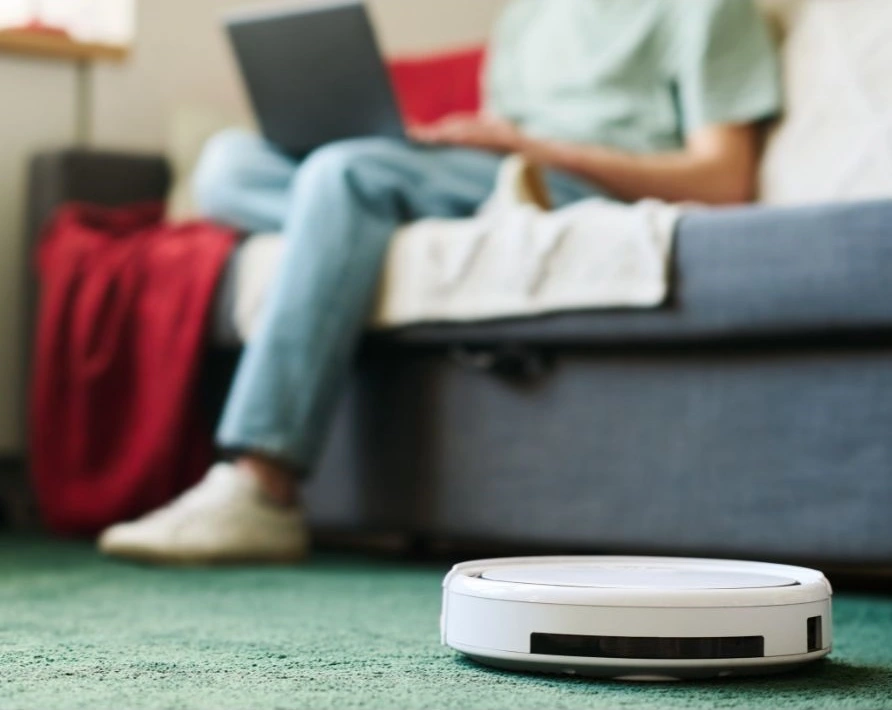
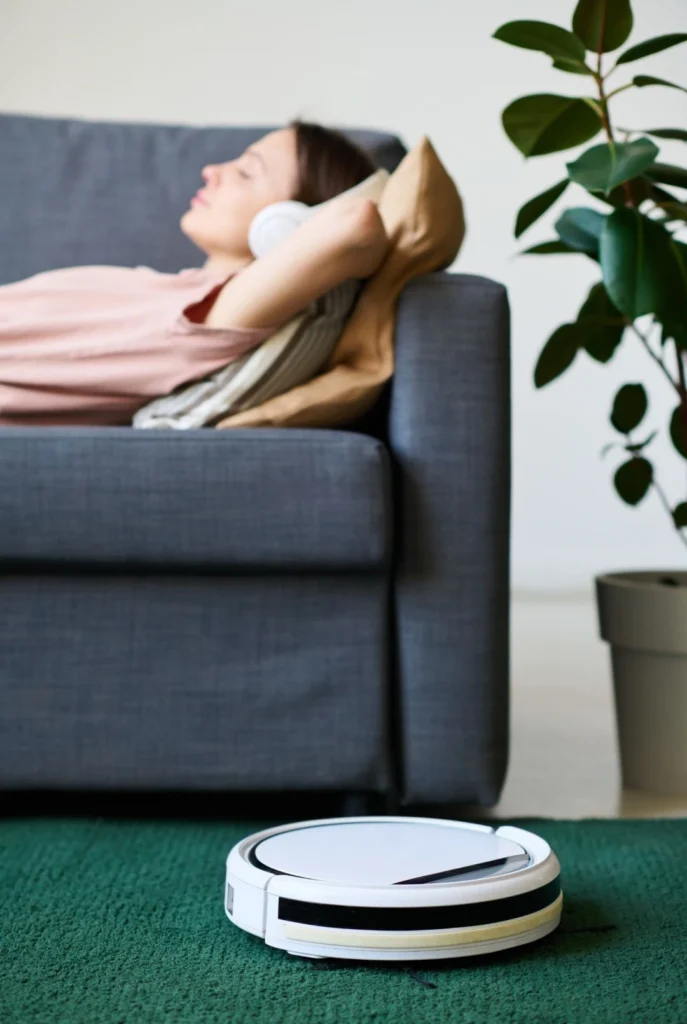
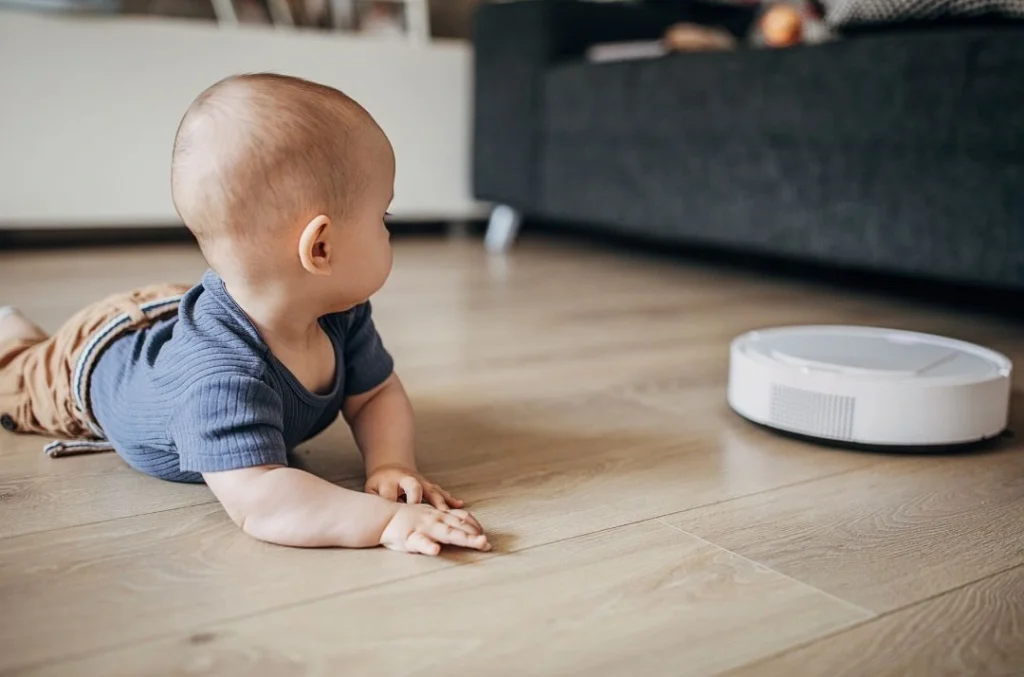
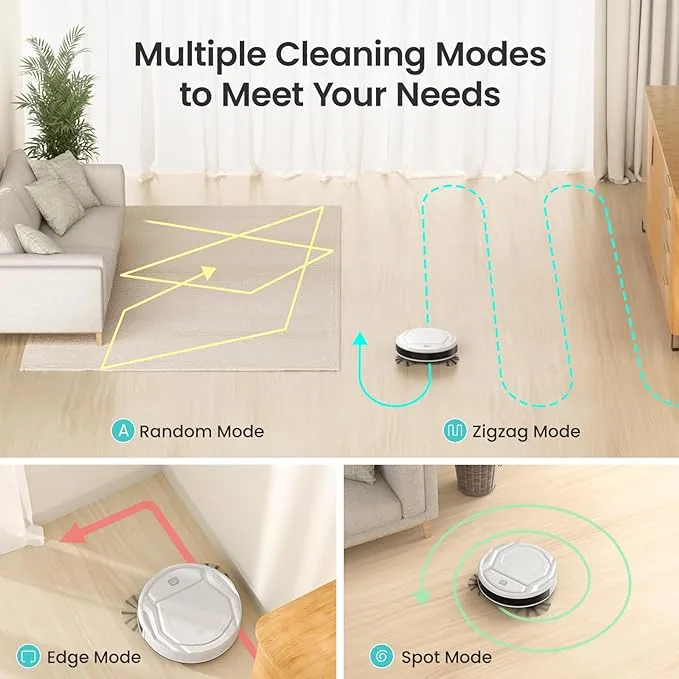
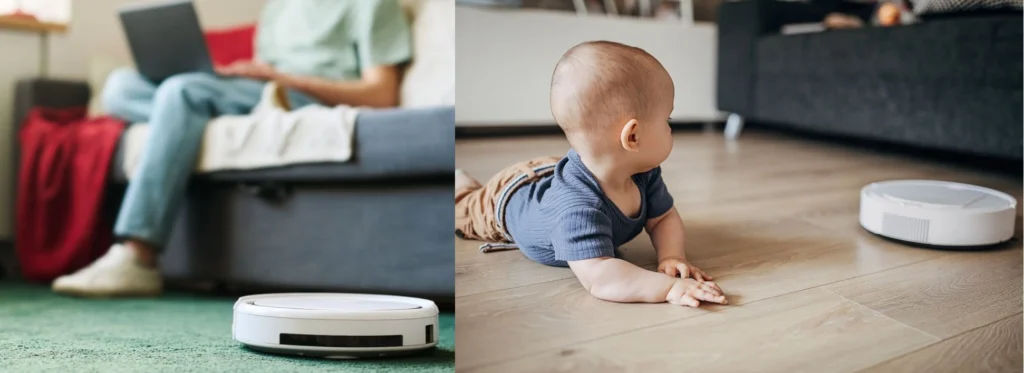
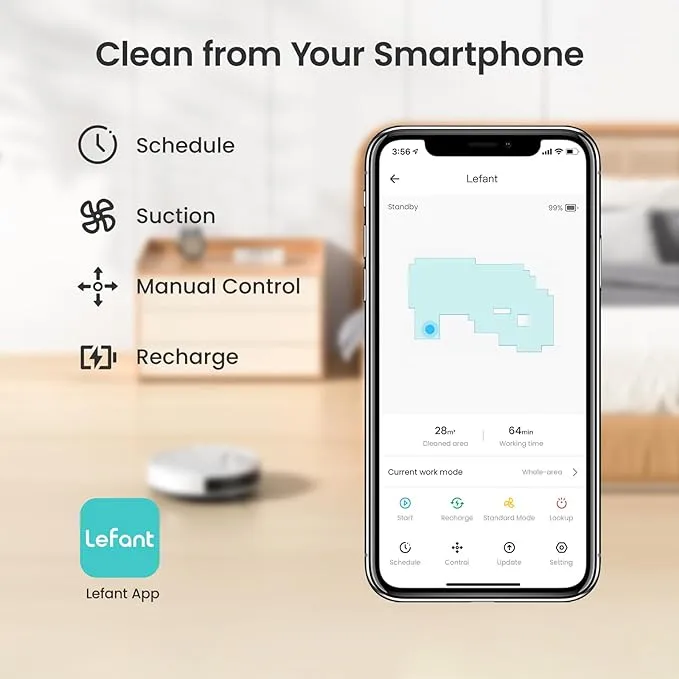
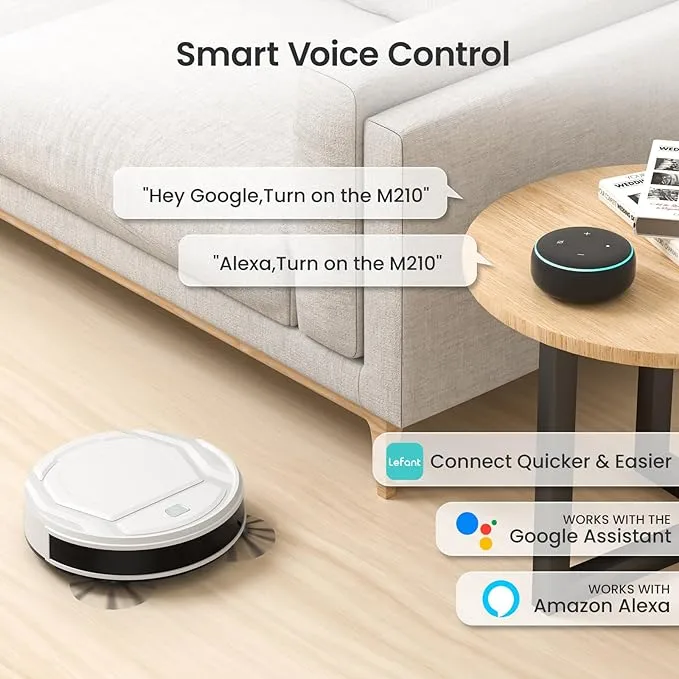
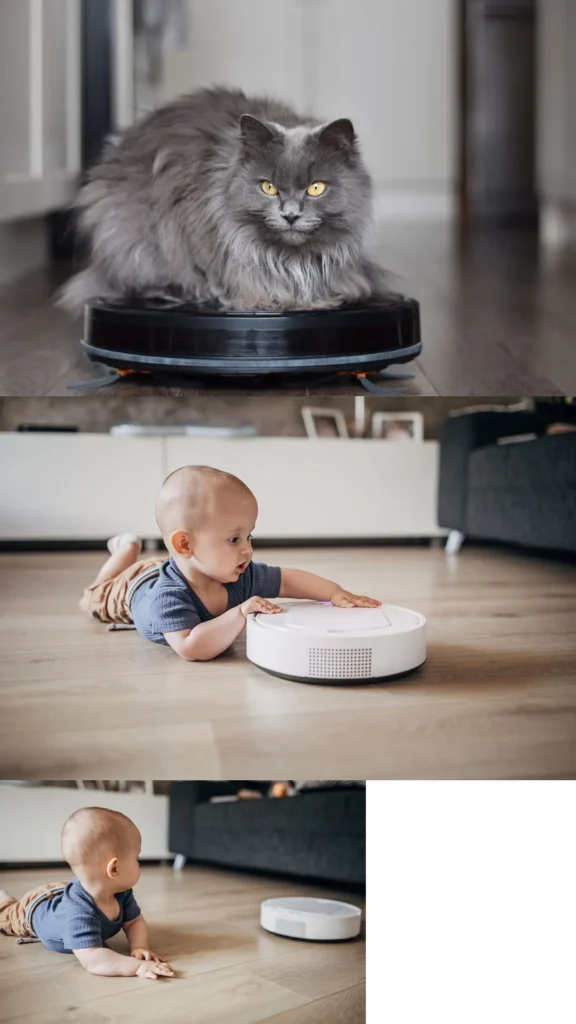
- Navigation: The robot needs sensors (like cameras, lidar, or infrared sensors) to navigate around obstacles and map the area it needs to clean.
- Cleaning Mechanism: This can include brushes, vacuums, mops, or a combination thereof, depending on the type of surfaces it will clean (carpets, hard floors, etc.).
- Power Source: Typically rechargeable batteries are used to power the robot. The duration of operation between charges is an important consideration.
- Control System: A microcontroller or a small computer processes sensor data and controls the movement and cleaning actions of the robot.
- User Interface: It can be simple buttons, remote control, or more advanced interfaces like smartphone apps for scheduling and monitoring cleaning sessions.
- Safety Features: Sensors to detect cliffs (to avoid falling down stairs), object detection to prevent collisions, and mechanisms to shut down if something gets stuck are crucial.
- Maintenance: Designing for easy maintenance, like accessible parts for cleaning or replacing brushes/filters, prolongs the robot’s lifespan.
- Connectivity: Optional but increasingly common, connectivity features allow the robot to be controlled remotely or to integrate with smart home systems.
- Testing and Iteration: Prototyping and testing various designs are essential to ensure the robot functions reliably in different environments.
- Cost Considerations: Balancing features and costs is critical to make the robot affordable and competitive in the market.
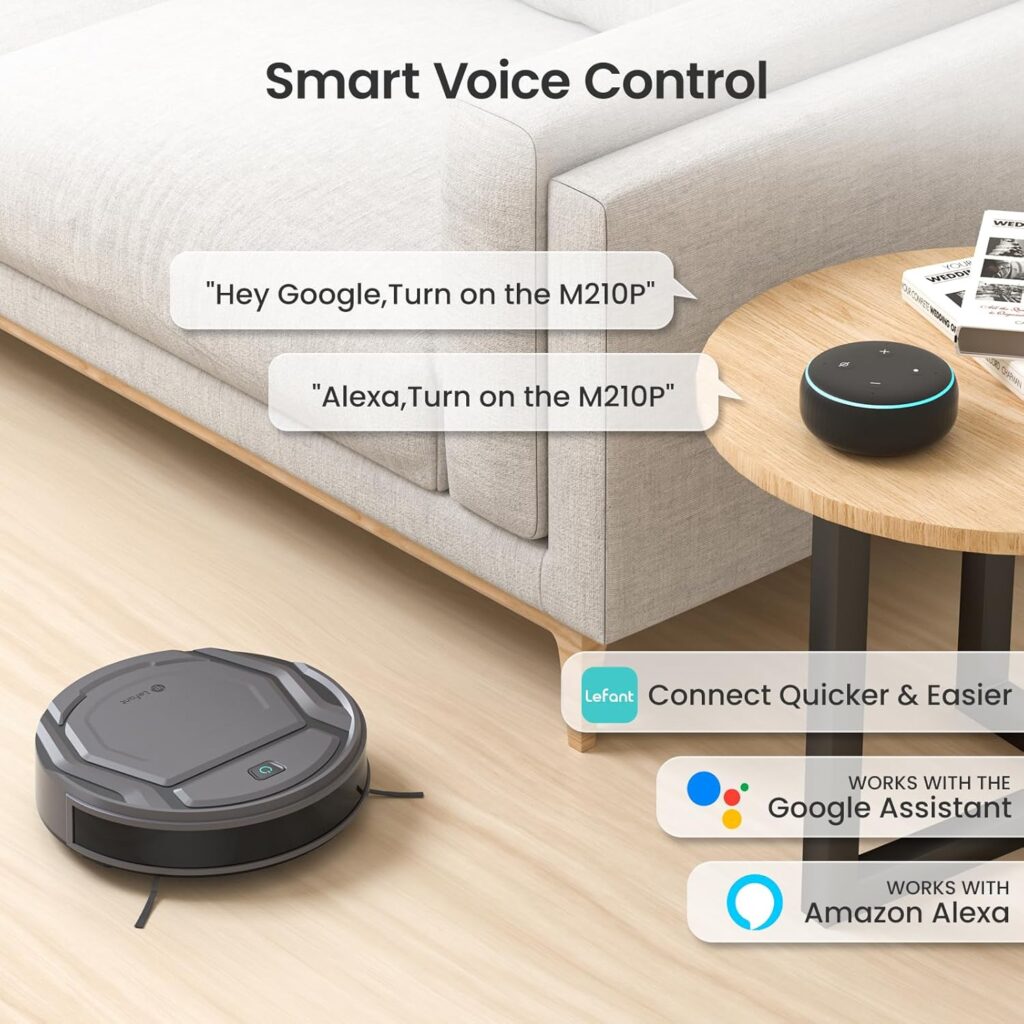
Key Problem-Solution Highlights
- Problem: Pet hair clogs your vacuum and carpets
Solution: The M210 Pro uses strong suction and anti-tangle brushes to lift pet hair off both hard floors and rugs, preventing brush jams and ensuring smooth, uninterrupted cleaning.
Narwal Roboticstoolhome.org - Problem: Manually managing cleaning in busy or multi-room homes
Solution: With self-charging technology and Wi-Fi app connectivity, the M210 Pro automatically returns to its dock when battery runs low and resumes cleaning, so your floors stay clean without constant supervision.
Amazon CanadaNarwal Robotics - Problem: Loud, bulky vacuums that disrupt your home life
Solution: This slim, quiet robot vacuum (around 60 dB) slips under furniture for thorough cleaning while operating unobtrusively—perfect for families, shared homes, or rest periods.
Caregiver Support Networkecofriendlyminimalist.com
Why It Matters
- Peace of Mind: No more daily sweeping or vacuuming pet fur.
- Effortless Cleaning: Set it and forget it with scheduled, automatic operation.
- Quiet Comfort: Keeps your living space calm even while cleaning.




